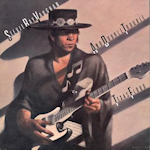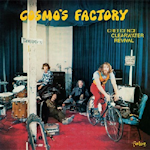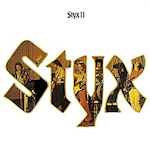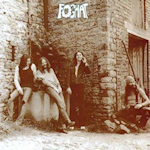
The first Boston album, self-titled "Boston," was released on August 25, 1976. The album was a massive commercial success, and has since become a classic of the rock genre. It was produced, written, and performed almost entirely by Tom Scholz, a musician and MIT graduate who had spent years tinkering with guitar and amplifier technology in his basement studio in Massachusetts.
The album featured a distinctive sound, characterized by Scholz's use of multi-layered guitars, soaring vocal harmonies, and melodic hooks. The album also features the use of innovative recording techniques, such as Scholz's invention of the Rockman guitar amplifier. Songs like "Smokin'", "More Than a Feeling," "Foreplay/Long Time," and "Peace of Mind" became radio staples and helped to define the sound of classic rock.
The album was a huge commercial success, reaching No. 3 on the US Billboard 200 and remaining on the chart for 132 weeks. It was certified diamond by the RIAA, selling over 17 million copies in the US alone. It is one of the best-selling debut albums of all time. Selling over 25 million copies worldwide, it is regarded as a classic of the 1970s rock era. It was also praised for its high-quality production, which was uncommon for debut albums at the time.
The album received mixed reviews from critics, with some praising its melodic hooks and production value, while others criticized it as formulaic and lacking in originality. However, over time, the album has become regarded as a classic of the genre and an important influence on subsequent generations of rock musicians.
Despite the album's success, Scholz was famously reclusive and refused to tour extensively or grant interviews. This only added to the mystique surrounding the band and its music.
Boston genealogy and discographyExplore Boston music on Amazon...









